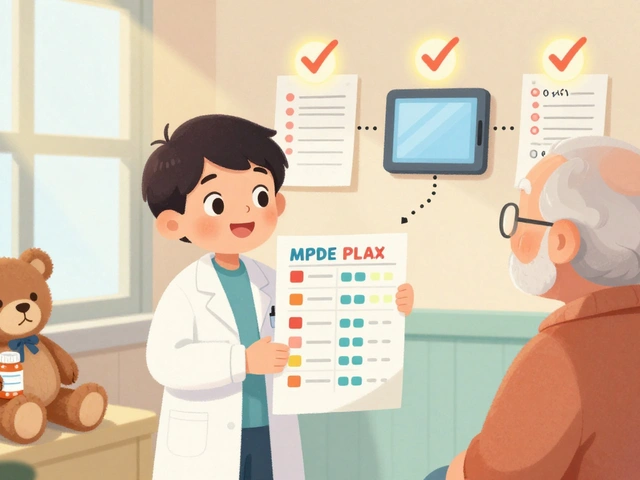Ceftriaxone — What It Treats, How It’s Given, and What to Watch For
Ceftriaxone is a strong, commonly used antibiotic you’ll often see in hospitals and urgent care. It’s given by injection (IV or IM) and treats serious bacterial infections like pneumonia, meningitis, sepsis, and some sexually transmitted infections. Because it’s injected, you usually get it from a clinic or hospital — not from a pill bottle at home.
How it's given and common doses
Most adults get ceftriaxone once a day. Typical doses are 1–2 grams IV or IM daily. For severe infections, doctors may give up to 4 grams a day in divided doses. For uncomplicated gonorrhea, current guidelines usually recommend a single 500 mg IM dose (higher dose if you weigh more than 150 kg). Kids are dosed by weight — commonly 50–75 mg/kg once daily, with a cap at adult dosing.
Two practical points: ceftriaxone is long-acting, so one daily dose often works. And because it’s an injection, a nurse or doctor will administer it. If you’re sent home with a prescription for outpatient injections, make sure the clinic can teach you or arrange a nurse visit.
Side effects, warnings, and interactions
Common side effects are injection site pain, diarrhea, and mild rash. More serious problems include allergic reactions (hives, swelling, trouble breathing) and Clostridioides difficile colitis, which causes severe diarrhea — call your provider if that happens. Ceftriaxone can cause biliary sludge or gallbladder issues, especially with longer use.
Important safety notes: avoid ceftriaxone in newborns under 28 days if they need calcium-containing IV fluids — the combination can be dangerous. Also tell your provider if you have a history of penicillin allergy; cross-reactions are rare but possible. Ceftriaxone may interact with blood thinners and can cause lab test changes, so keep your doctor informed about all medicines you take.
If you get ceftriaxone, ask when you should expect improvement. Many people feel better within 48–72 hours, depending on the infection. If symptoms worsen or you don’t improve, contact your provider — bacterial infections sometimes need a different antibiotic or longer treatment.
Want to buy medication online? Don’t skip a prescription or medical advice. Buy only from licensed pharmacies and avoid sites that sell injections without a prescription. If you’re unsure about a pharmacy, call your local health service or ask your doctor for trusted options.
Short checklist before a dose: confirm allergy history, ask about pregnancy or breastfeeding, check if you’re a newborn or on IV calcium, and know who to call for side effects. With the right use and monitoring, ceftriaxone is a reliable treatment for many serious infections. Keep clear communication with your healthcare team and don’t hesitate to ask questions about dosing, duration, and what to expect.




